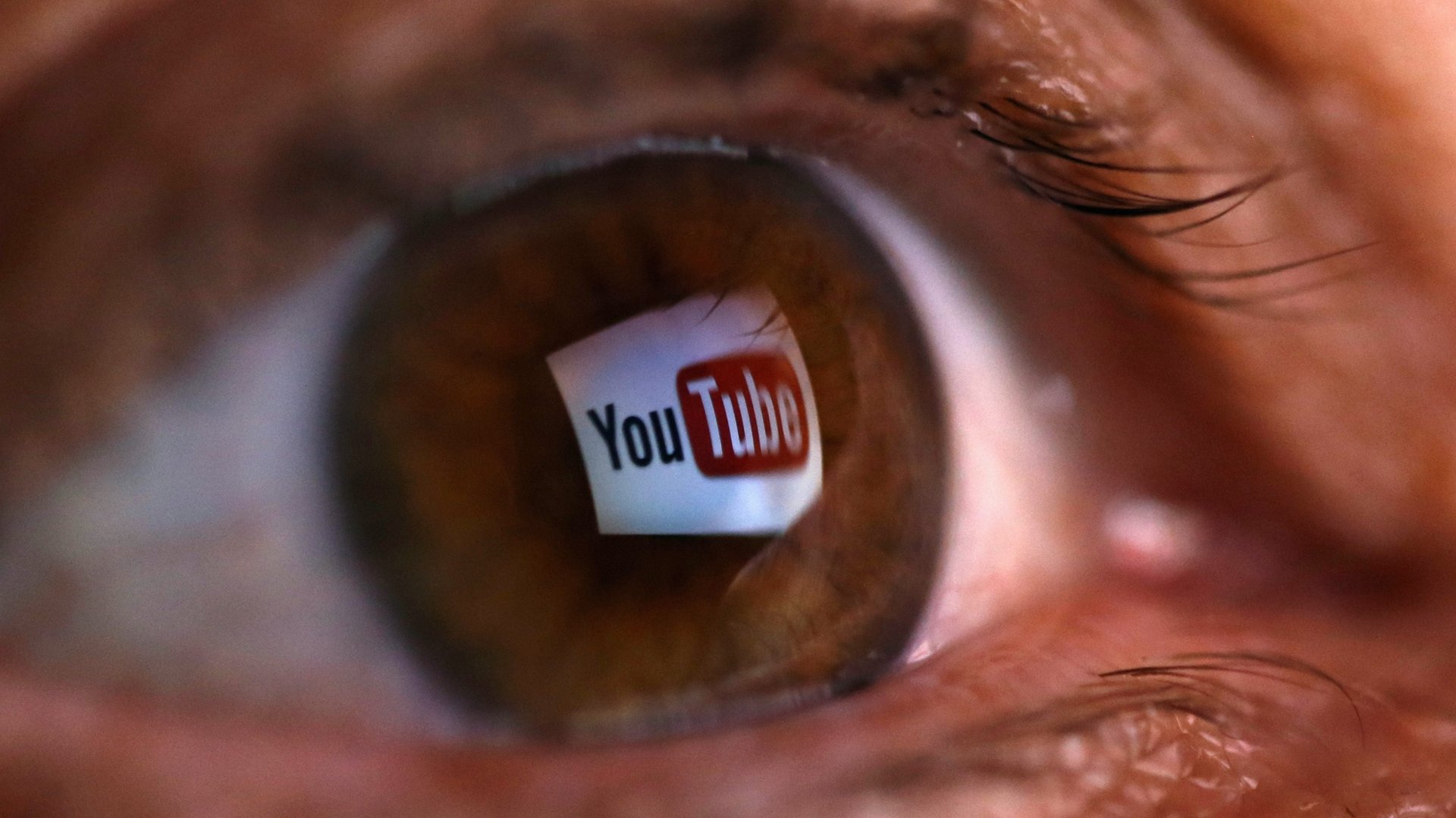The one thing keeping streaming TV from completely taking over
Now that being a cable television cord cutter is no longer outlier territory, the streaming audience has matured into the next phase: optimization. Viewers who have embraced the new landscape of streaming TV options like Netflix, Apple TV+, Disney+, Amazon Prime Video are now looking for a solution to cut though the competitive clutter.


Now that being a cable television cord cutter is no longer outlier territory, the streaming audience has matured into the next phase: optimization. Viewers who have embraced the new landscape of streaming TV options like Netflix, Apple TV+, Disney+, Amazon Prime Video are now looking for a solution to cut though the competitive clutter.
What to watch, on which platform, and when has become increasingly difficult as the number of streaming subscription options has grown. Those are the findings contained in the first-ever Nielsen State of Play report focused on the video streaming industry. Nearly half of those surveyed think that the wider range of streaming TV options now available has made it more difficult to discover and select the content they want. Despite the fact that most viewers enjoy the overall streaming TV user experience (72% of streaming TV consumers), 64% of viewers expressed a desire for an aggregated bundle to make selecting content easier.
This is the best optimized streaming TV option until the super bundle comes
Services like Sling TV and YouTube TV (also known as virtual multichannel video programming distributors, or vMVPDs), which combine offerings from cable, live broadcast TV, and streaming services, have filled in the gap for some. But so far, adoption of these kinds of services has grown slowly from 7.1% to 12.5% in the last three years.
Although vMVPDs continue to provide a part of the solution, the current tension in the streaming TV marketplace is centered on a one-stop tool that would largely mirror the cable television model. The difference lies in the a la carte power of selection wielded by users today.
What viewers want: One streaming TV aggregator to rule them all
Ideally, the new consolidated version of these streaming TV services would be available on a single app for mobile and smart TVs. Additionally, the app would ameliorate the costs of having to subscribe to all the services by offering a reasonable umbrella fee, and feature aggressive curation of and notifications for major series and movie titles (think TV Guide, meets Sling TV, meets Rotten Tomatoes). That dynamic would effectively frame the many subscription streaming TV services into channels rather than full-fledged platforms like YouTube or Twitch. So far, one of the closest attempts at such an app is Plex, which got its start long before the rise of many of today’s streaming giants.
Currently, streaming TV heavyweights like Disney+ and Netflix are less interested in becoming channels and more concerned with building content silos, much like in the early days of the web when America Online (AOL) had many users convinced that AOL was the internet, rather than just one stop along the way.
When this super aggregator for streaming TV does emerge, it may be the final shift in the slow transition from broadcast and cable to streaming as the predominant way viewers of all ages and demographics watch TV.